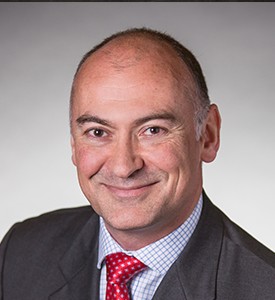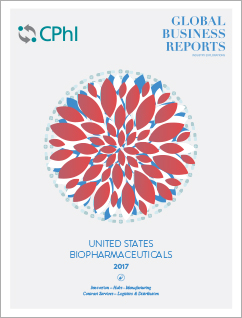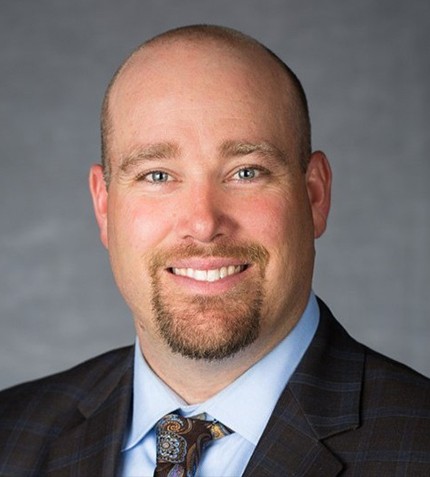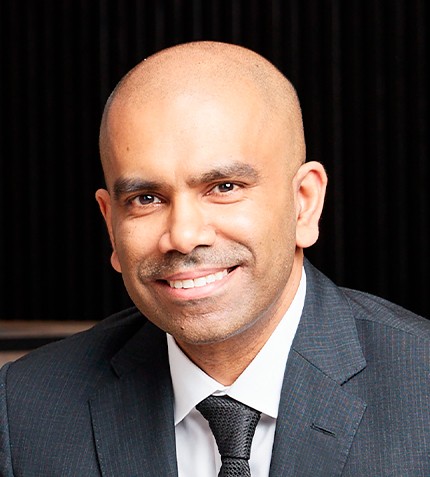
UPS recently improved its offering to the pharmaceutical industry with the acquisition of Marken.
RELATED PUBLICATION
ARTICLES FROM THIS PUBLICATION
Dirk van Peteghem
UPS VICE PRESIDENT, GLOBAL HEALTHCARE STRATEGY
Could you start with a brief introduction to UPS and the significance of the Marken acquisition?
Healthcare logistics is a strategic priority within our company, and we are proud to provide best-in-class supply chain solutions and compliance expertise to pharmaceutical, biopharma and medical device companies. We have 60+ healthcare-dedicated facilities representing 7 million square feet of cGMP- or cGDP-compliant healthcare distribution space, and maintain the world’s largest network of field stocking locations with 950 sites. For parcels requiring strict temperature environments, from controlled-room temperature (CRT) to cryogenic, and those requiring around-the-clock monitoring, UPS has solutions such as UPS Temperature True™ and UPS Proactive Response™ services.
UPS is committed to expanding our healthcare capabilities, with the recent acquisition of Marken being a good example, in order to meet the complex and evolving supply chain needs of the healthcare and life science sectors. Marken maintains the leading position for clinical trial services and biological sample shipments and offers a state-of-the-art GMP-compliant depot network and logistics hubs in 45 locations worldwide for clinical trial material storage and distribution. Marken’s more than 720 staff members manage 50,000 drug and biological shipments every month at all temperature ranges in more than 150 countries. Services such as biological kit production, ancillary material sourcing, storage and distribution, shipment lane verification and qualifications, as well as GDP, regulatory and compliance consultancy add to Marken’s unique position in the healthcare logistics industry.
What are some of the most notable current trends in the logistics space?
The logistics space is being driven by healthcare innovation, new technologies (think genomics and smart devices) and patient-centric trends that are shattering the status quo slowly but surely. The increase of temperature-sensitive pharmaceuticals entering the global marketplace is changing the game on how products are packaged, stored and shipped. We’re seeing regulators around the world mandating a higher level of protection for all temperature-sensitive shipments, whether they require a 2-8°C degree temperature or a CRT environment. That is a challenge that calls for innovative solutions and is changing established practices across the industry.
Could you expand on the topic of supply chain visibility and any arising challenges?
The demand for greater supply chain visibility is being driven by manufacturers, distributors, healthcare providers and patients. With the increased incidence of high-value and temperature-sensitive products moving through the supply chain all stakeholders up and down the chain require a high level of assurance their products will be delivered uncompromised, safely and effectively. UPS offers a host of advanced visibility platforms, and leverages the latest (GPS/Bluetooth/data logger) technology to support our customers. To improve home healthcare and the patient delivery experience, we have developed tools specifically designed to support first delivery attempt success.
What technology trends help ensure stability of products and reliability of service?
New materials are being developed in cold chain packaging to improve insulation efficiency (vacuum insulated panels / thermal blankets) and to maintain temperature within a very precise range (phase change material). The temperature-controlled supply chain can benefit from better visibility through a wider use of data loggers that provide critical information sometimes on a real-time basis. We expect innovation to accelerate notably around the platforms to communicate and analyze the environmental information gathered by an increasing number of sensors. Expect to see ongoing cold chain technology enhancements across the healthcare and life science industries, and UPS is excited to be in the middle of these changes.
Do you have a final message regarding UPS’s outlook and overall outlook on the industry?
While many supply chain best practices cross our priority industry segments — from retail, automotive, high tech, small business, industrial manufacturing and others — the healthcare sector requires a set of specialized services built around our mantra, “It’s a patient, not a package.” These services include healthcare-dedicated cGMP-compliant facilities, product security, monitoring and intervention solutions. UPS is committed to investing in services that add value for our healthcare customers.
For example, UPS recognized a need in the medical device industry to offer enhanced inventory control and visibility of surgical kits. To serve this need UPS recently opened a facility that offers comprehensive medical device inventory replenishment services. The ability to decontaminate surgical kits, replenish and repackage instruments, and respond quickly to urgent medical needs is pivotal to customers’ market success. UPS will continue to stay focused on building and expanding innovative services and solutions that meet the specific transportation, warehousing, distribution and value-added needs of our healthcare customers.











